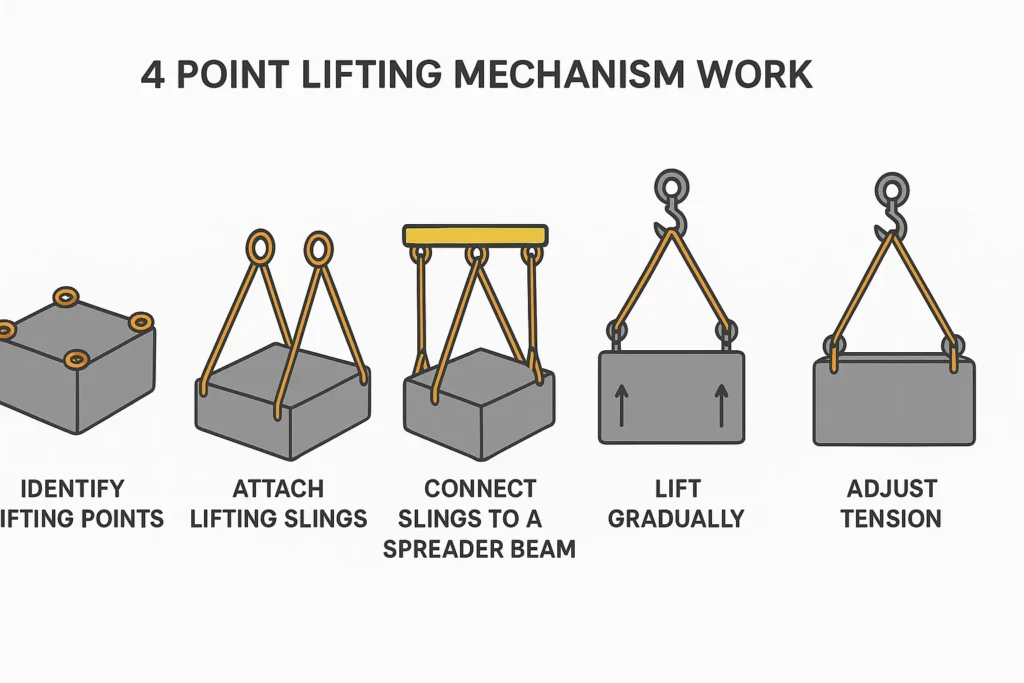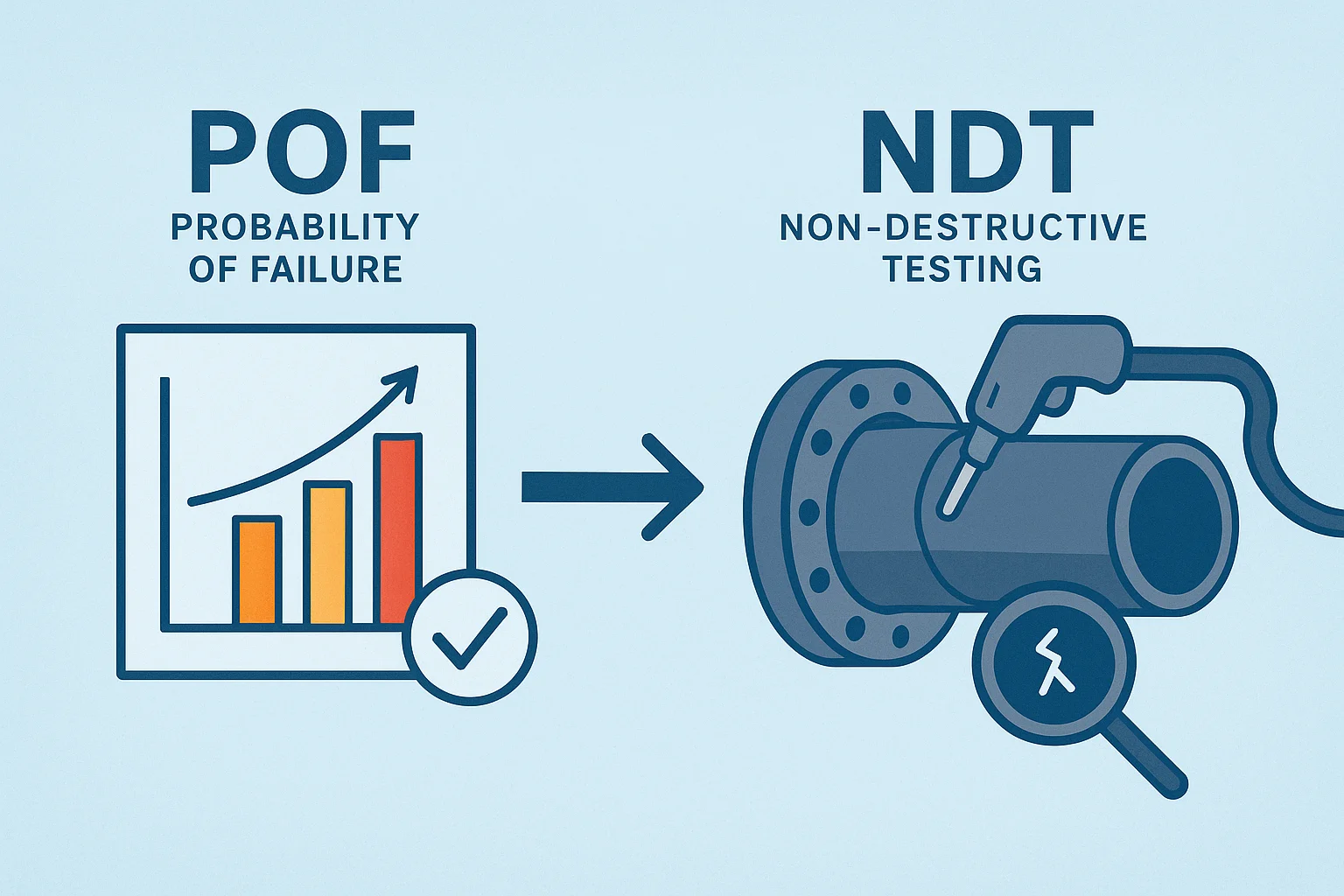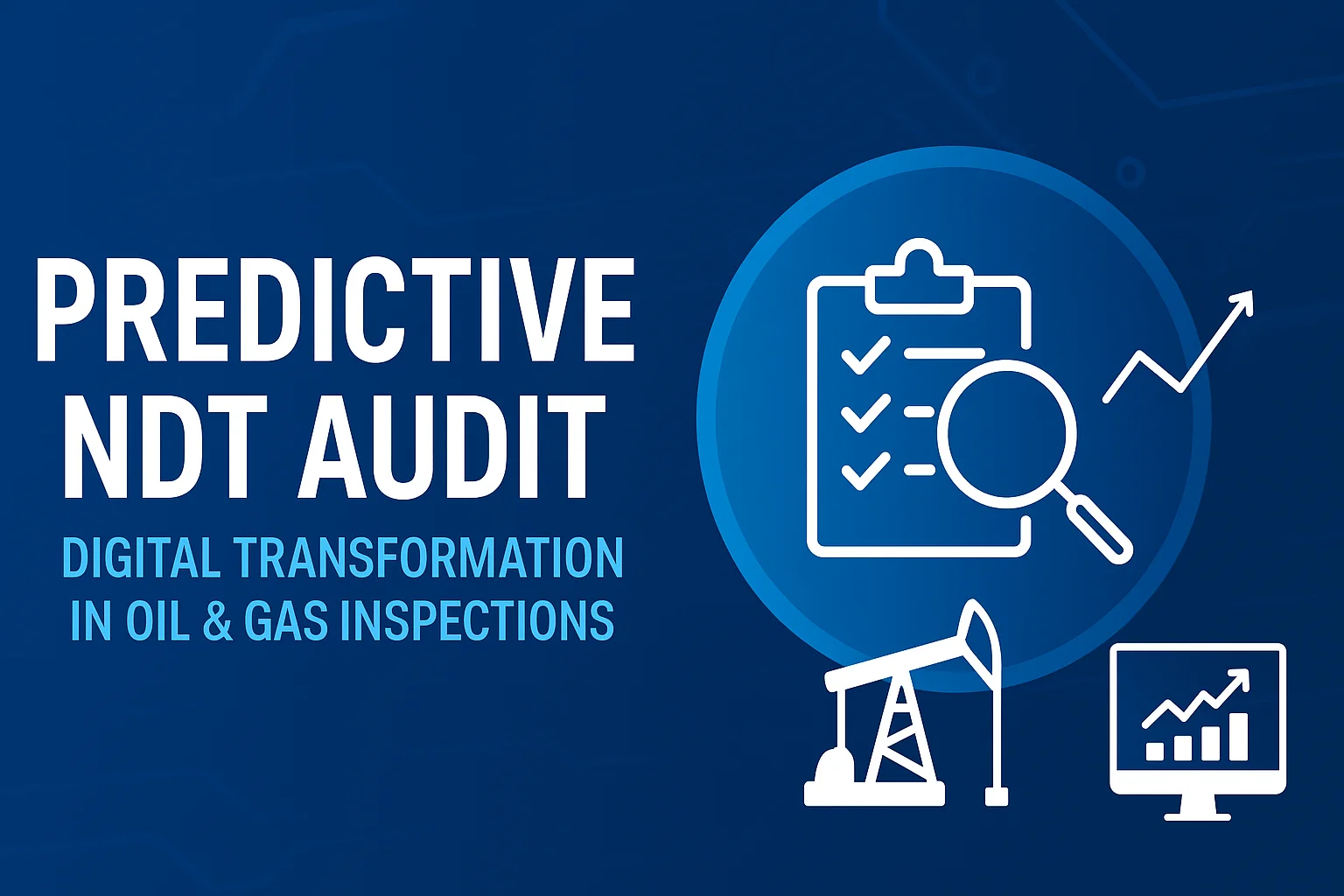Inspections Track Software For Oil and Gas Inspection Industry

In the oil and gas industry, lifting operations are part of daily offshore and subsea activities. Among the various methods used, the 4-point lifting mechanism stands out as a reliable and stable system for handling heavy loads with precision and safety. But what exactly does this mechanism involve, and why is it so widely used in industrial and marine environments?
Let’s break it down.
A 4-point lifting mechanism refers to a lifting setup that distributes a load evenly across four lifting points. These points are typically positioned at the corners of a structure or frame, allowing for balanced weight distribution and controlled movement during lifting operations.
This mechanism is often used for heavy-duty applications, including offshore modules, subsea structures, and large equipment transport, where stability and load balance are critical.
A typical 4-point lifting setup includes:
| Component | Function |
|---|---|
| Lifting Slings / Cables | Connect load to the lifting frame or crane hooks. |
| Shackles & Hooks | Securely attach slings to lifting points. |
| Spreader Bar / Lifting Frame | Distributes the load evenly to prevent stress concentration. |
| Load Monitoring System | Tracks tension and ensures safe lifting within the rated capacity. |

In a 4-point lift, each corner of the load is supported by an individual sling or chain, connected to the lifting frame or spreader beam. The configuration ensures the center of gravity is evenly distributed, minimizing the risk of tilting or overloading a single point.
The process typically follows these steps:
This method provides several key benefits over traditional single or dual-point systems:
Because lifting operations are high-risk activities, proper inspection and certification of lifting equipment are essential. Each component—slings, shackles, hooks, and spreader beams—must comply with safety standards like LOLER (Lifting Operations and Lifting Equipment Regulations) and API specifications for offshore lifts.
Regular inspections ensure that:
read more : lifting equipment inspection procedure ensuring safety and compliance

Managing multiple lifting components and keeping track of inspection intervals can be complex—especially in the oil and gas industry. That’s where InspectionsTrack Software steps in.
InspectionsTrack helps oil and gas companies digitize and streamline lifting equipment inspections, ensuring no asset goes unchecked. The system automatically tracks due dates, generates reports, and maintains a digital audit trail.
Using RFID technology, every sling, shackle, or spreader beam can be tagged and scanned for quick status updates—reducing manual effort and human error.
With automated report generation, inspection teams can create real-time compliance reports in just one click, improving efficiency and accountability.
| Feature | 4 Point Lift | 3 Point Lift |
|---|---|---|
| Load Balance | Highly stable and evenly balanced | May cause slight tilt |
| Use Case | Heavy / wide structures | Smaller, lighter assemblies |
| Setup Complexity | Moderate | Easier |
| Control & Precision | High | Medium |
A 4-point lifting mechanism offers exceptional stability, safety, and control—making it the preferred choice for heavy-duty operations in the oil and gas sector. However, with this complexity comes the responsibility of regular inspection and documentation to ensure safety compliance.
By integrating digital solutions like InspectionsTrack, companies can simplify the inspection process, enhance traceability, and maintain full operational safety across all lifting assets.
Readmore : subsea lifting operation forces safety in offshores
Operators use a 4-point lifting mechanism to lift and balance heavy loads safely by distributing weight evenly across four lifting points, ensuring stability during offshore and industrial operations.
A 4-point lift provides greater stability and control, especially for wide or heavy structures. It minimizes the risk of tilting or uneven weight distribution compared to a 3-point setup.
Inspect lifting equipment regularly—before each use and during scheduled periodic inspections—as required by industry standards like LOLER and API.
InspectionsTrack automates inspection scheduling, report generation, and asset tracking for lifting equipment, ensuring full compliance and reducing manual paperwork in oil and gas operations.

Introduction: Why the POF–NDT Connection Matters In the oil and gas industry, unplanned equipment failure can lead to costly downtime, safety risks, and environmental hazards. To prevent this, companies use Non-Destructive Testing (NDT) methods to…

Introduction In the oil and gas industry, Non-Destructive Testing (NDT) plays a vital role in preventing costly failures, ensuring equipment reliability, and maintaining safety. But here’s the real question — is your NDT program reactive…
SkySoft Connections provides quality IT services around the globe. Our services begin with experience and end with dedication, ensuring innovation and reliability
© Copyrights, 2024 All Rights Reserved Skysoftconnections
Contact us
Get notified about new articles